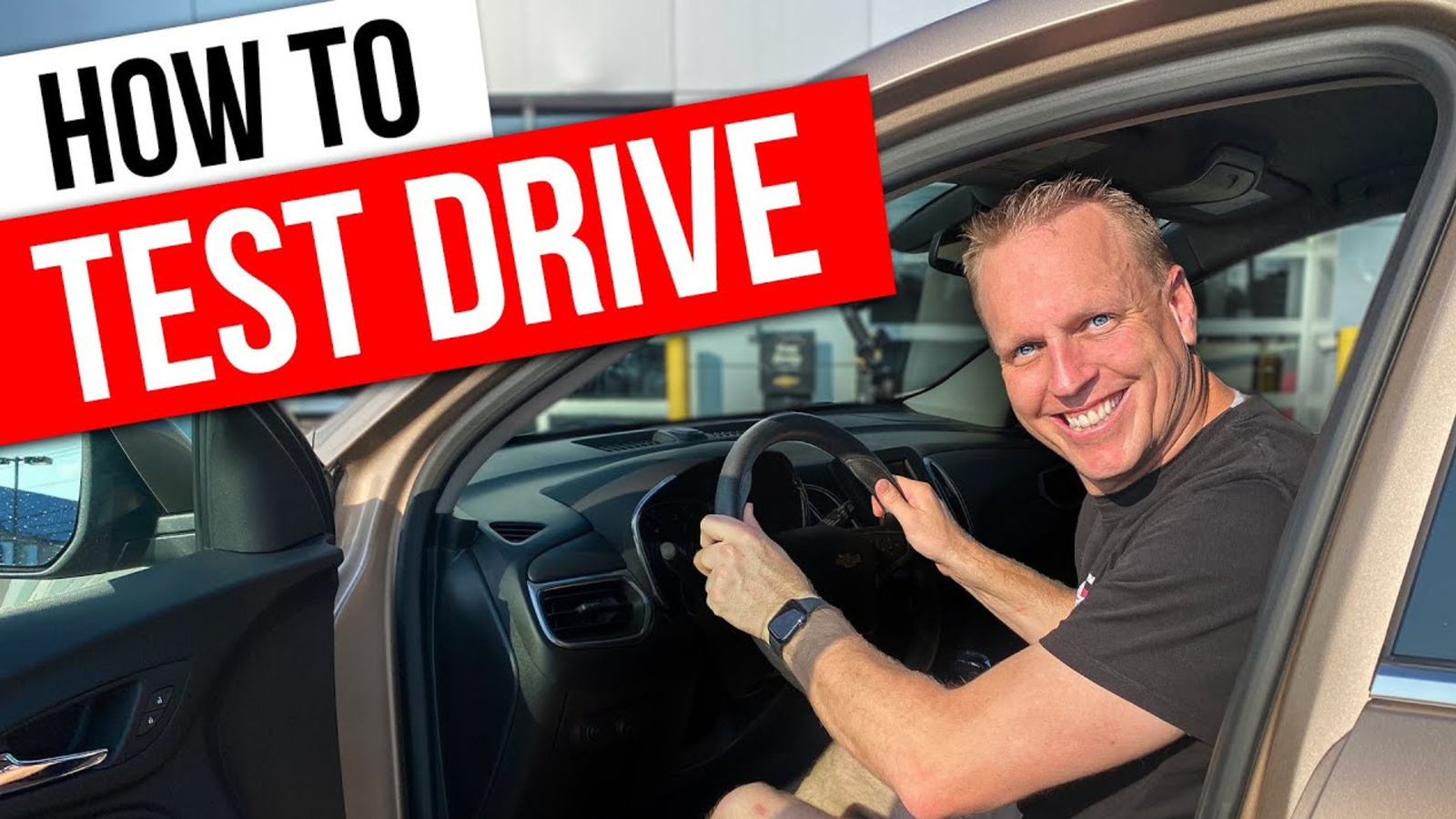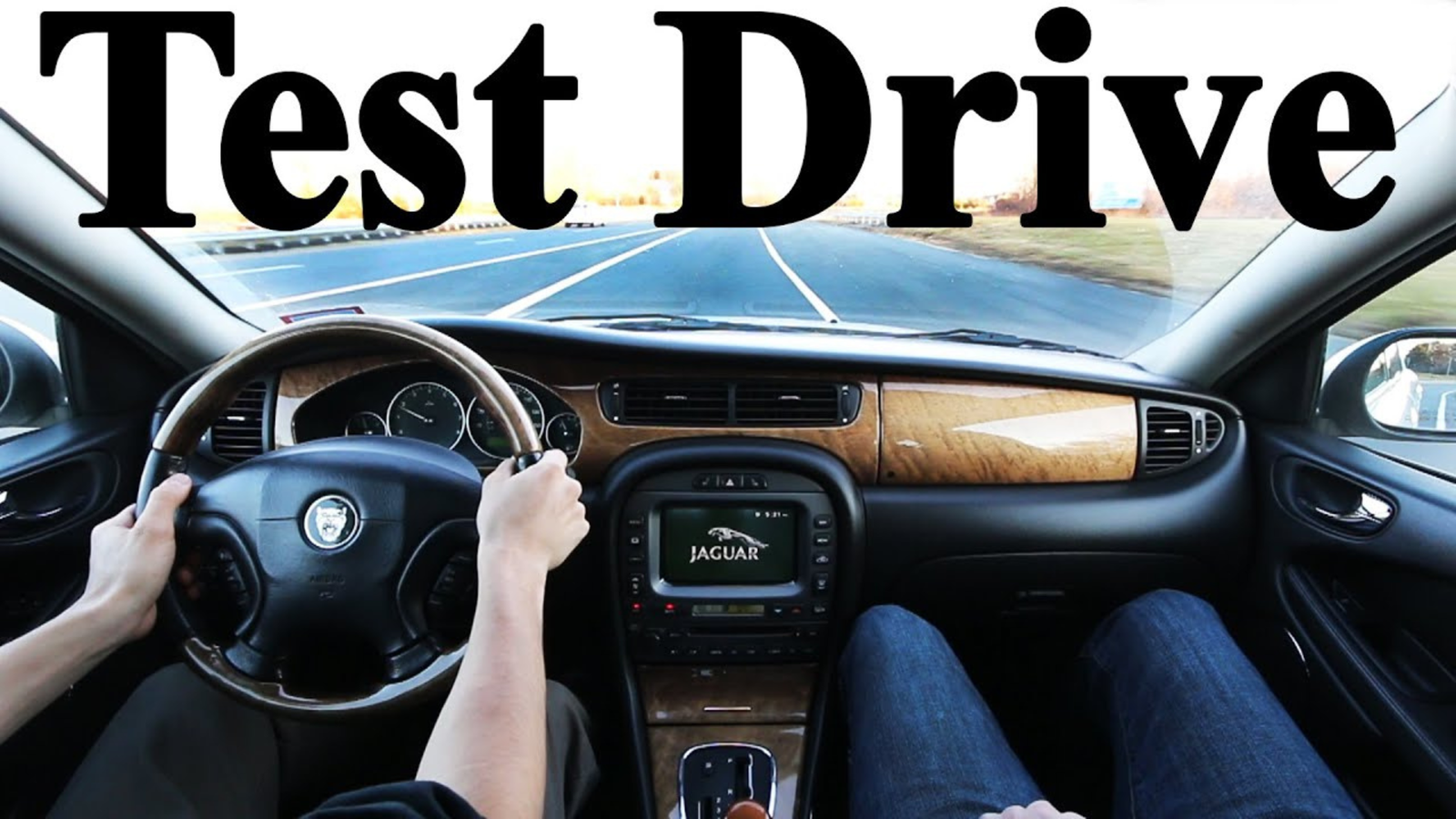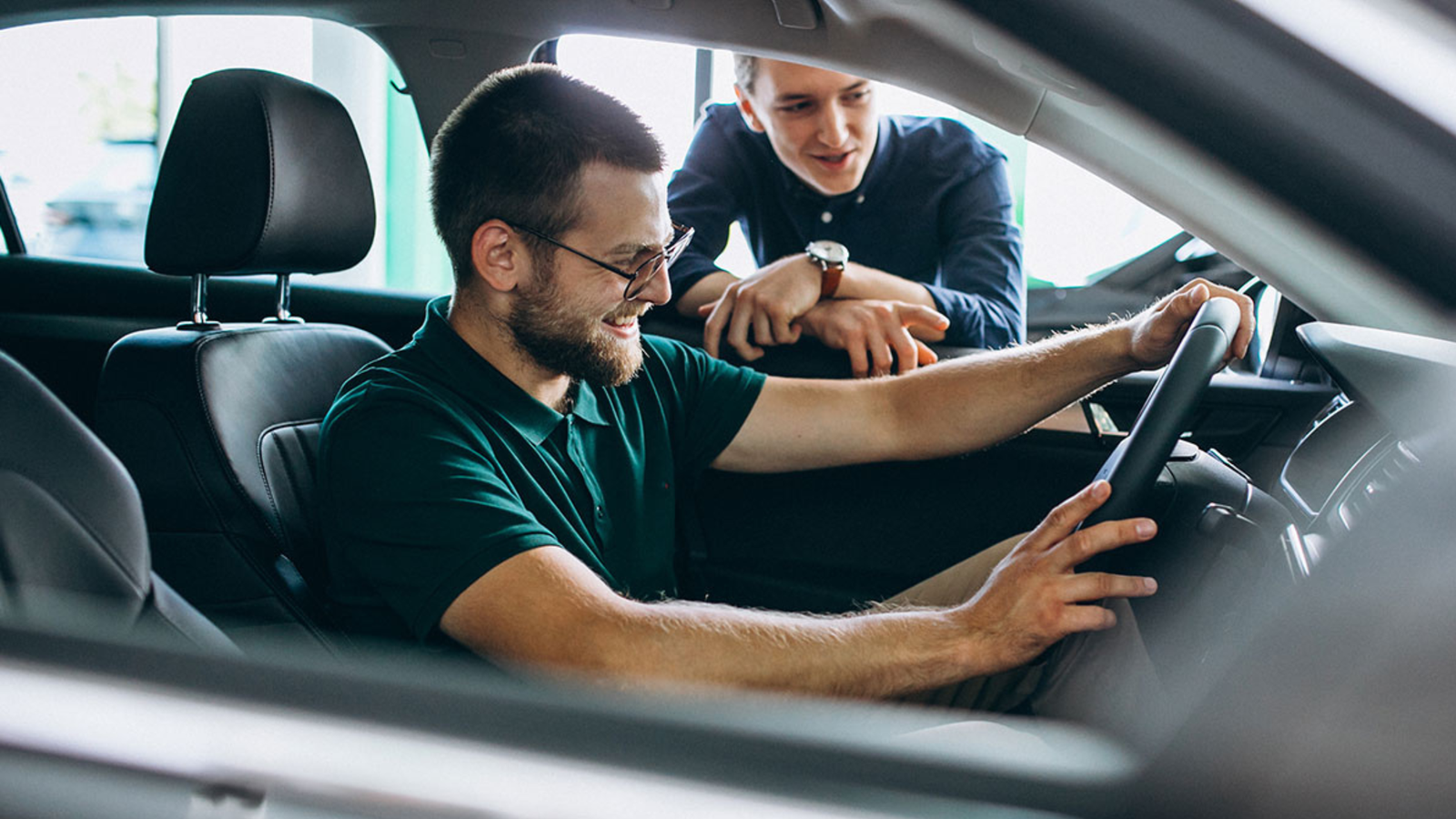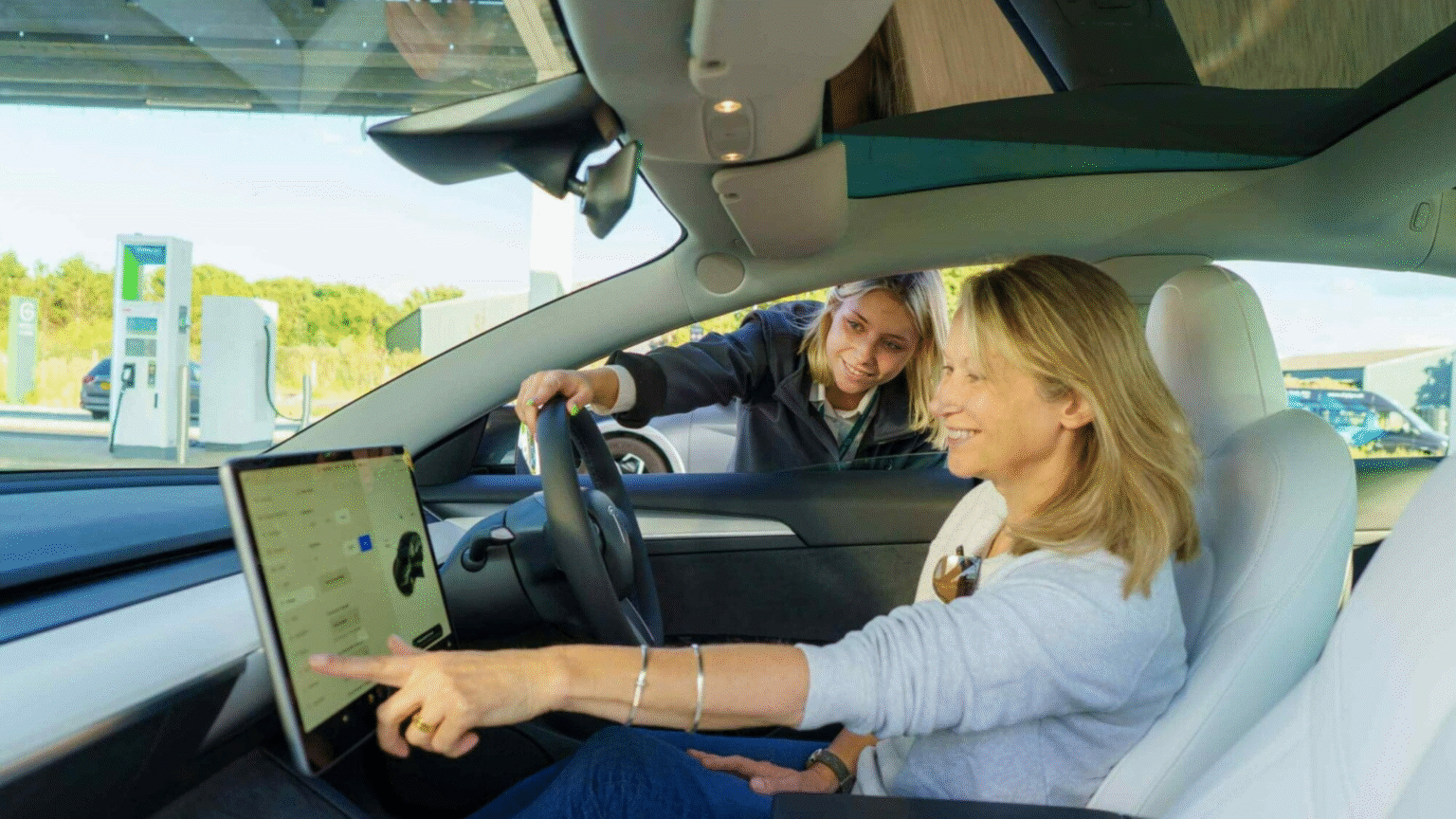Buying a car, whether new or used, is a major investment. One of the most crucial steps in the buying process is understanding how to test-drive a car effectively. A test drive isn’t just a quick spin around the block; it’s your opportunity to evaluate every detail and make sure the vehicle meets your needs and expectations. In this comprehensive guide, we’ll walk you through everything you need to know about how to test-drive a car, including what to look for, questions to ask, and how to compare models.

Why the Test Drive Matters
Understanding how to test-drive a car can be the difference between a satisfying purchase and buyer’s remorse. Even the most detailed reviews or online specifications can’t replace the hands-on experience of driving the car yourself. You’ll get a feel for:
- The driving comfort and seat ergonomics
- Noise levels inside the cabin
- Acceleration and braking response
- Steering and handling
- Visibility and blind spots
The insights gained from a proper test drive are invaluable.
Pre-Test Drive Preparation
Before diving into how to test-drive a car, there are several steps to take to prepare:
- Research the Vehicle: Know what models you want to test and understand the specifications, price range, and features.
- Make an Appointment: Schedule your test drive in advance to ensure availability. Dealerships appreciate appointments and are often more prepared for your visit.
- Bring Necessary Documents: Most dealers will ask for a valid driver’s license and may require proof of insurance.
- Dress Comfortably: Wear clothes and shoes that allow you to operate the pedals and steering wheel effectively.
Checklist: How to Test-Drive a Car
Follow this comprehensive checklist to ensure you’re evaluating every important factor:
1. Initial Walkaround
Before you even get in the car:
- Inspect the exterior for paint quality, panel alignment, and tire condition
- Open and close all doors, trunk, and hood
- Check the quality and space of the trunk
2. Interior Inspection
Once inside the vehicle:
- Adjust the seat, steering wheel, and mirrors
- Examine the dashboard layout and ease of control use
- Test out infotainment, Bluetooth, navigation, and other tech features

3. Comfort and Ergonomics
- How do the seats feel over 15+ minutes?
- Is headroom and legroom sufficient?
- Are the materials high quality and durable?
4. Driving Performance
- Test the car in multiple environments: city streets, highways, and if possible, inclines or curves
- Check acceleration and braking response
- Note how the steering feels—tight or loose?
- Evaluate how smoothly the transmission shifts
5. Noise and Vibration
- Listen for wind, engine, and road noise
- Feel for unusual vibrations through the seat or steering wheel
6. Visibility and Safety Features
- Evaluate blind spots
- Test rearview cameras, parking sensors, and driver assistance systems
Comparing Multiple Vehicles
Don’t rely on a single test drive. Ideally, you should be test-driving several options back-to-back so the differences are fresh in your mind. Take notes after each drive, ranking comfort, performance, features, and price.
| Vehicle | Price (MSRP) | Engine | MPG (City/Highway) | Notable Features |
|---|---|---|---|---|
| 2025 Honda Accord EX | $31,500 | 1.5L Turbo | 29 / 37 | Adaptive Cruise, Lane Assist |
| 2025 Toyota Camry XSE | $34,200 | 2.5L Inline-4 | 28 / 39 | Heads-Up Display, JBL Audio |
| 2025 Mazda6 Signature | $36,000 | 2.5L Turbo | 26 / 35 | Nappa Leather, Turbocharged Engine |
| 2025 Hyundai Sonata Limited | $35,500 | 1.6L Turbo | 27 / 37 | Remote Smart Parking, Panoramic Roof |
Questions to Ask During the Test Drive
Learning how to test-drive a car also involves asking the right questions:
- What warranty options are available?
- Are there maintenance plans or free services?
- Has the vehicle been involved in any recalls?
- What incentives or discounts are available?
- What are the trim level differences?
Mistakes to Avoid
Many buyers rush through the test drive process or forget to check key elements. Avoid these common mistakes:
- Too short of a drive: Spend at least 20-30 minutes behind the wheel
- Ignoring comfort: Test every seat, especially if you drive with passengers often
- Skipping features: Try everything—climate control, radio, backup cameras, etc.
- Not mimicking your actual driving: Drive the car like you would every day
Test Driving a Used Car: Extra Caution Needed
Used cars require more scrutiny. Here’s how to test-drive a used car the smart way:
- Check for maintenance records
- Inspect tires for uneven wear
- Listen closely for engine or brake noises
- Feel for jerky transmissions or hard shifts
- Smell for any musty or smoky odors
Consider bringing a mechanic for a pre-purchase inspection. Always check the vehicle history report (Carfax, AutoCheck).
| Used Car | Model Year | Price (Est.) | Mileage | Notes |
| Honda Civic EX | 2021 | $21,000 | 35,000 miles | One-owner, Clean Carfax |
| Toyota RAV4 LE | 2020 | $23,500 | 40,000 miles | Regularly serviced, New tires |
| Ford Fusion SE | 2019 | $17,000 | 50,000 miles | Few scratches, No accidents |
Bringing a Friend or Family Member
A second opinion can be invaluable. Bring someone with experience or someone who regularly rides with you. They might catch things you miss.
Post Test-Drive Steps
After you’ve completed your test drives:
- Review your notes and rankings
- Sleep on the decision—avoid emotional purchases
- Revisit the dealership if needed to test again
- Ask for a quote in writing
If you’re undecided, schedule another round of test drives or explore more models in the same category.

Digital Alternatives: Virtual Test Drives
Some brands and dealerships now offer virtual test drives or extended at-home test drives. While this isn’t a complete substitute, it’s a good supplemental tool if your time is limited.
Conclusion
Knowing how to test-drive a car is an essential skill that empowers you to make informed, confident decisions. A test drive goes far beyond first impressions—it’s your chance to truly understand whether a vehicle fits your lifestyle, driving habits, and budget. Whether you’re buying new or used, applying this methodical approach ensures you’re not just purchasing a car, but investing in a vehicle that meets your needs for years to come.
The time you take now can save you thousands of dollars and countless headaches later. Remember: learning how to test-drive a car properly is not just smart—it’s essential.
Ready to Hit the Road? Now that you know exactly how to test-drive a car, make your appointment, bring your checklist, and drive with confidence. A little effort today guarantees long-term satisfaction with your new ride.

